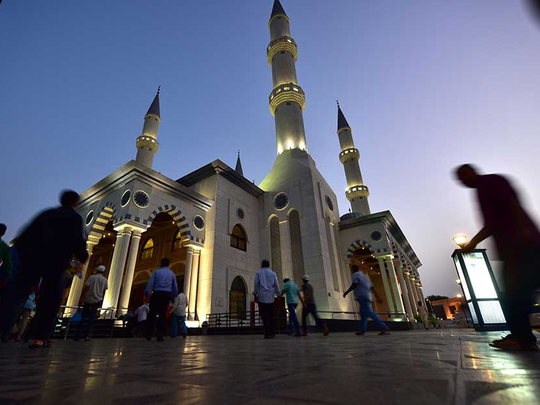
There is rising interest from individuals and corporates in the GCC to allocate part of their income or wealth, to foundations that are working towards national or welfare objectives. Their eagerness increases further when this small wealth allocation is seen to be making a visible difference in society. However, what we’re seeing more and more of recently is a new generation of donor-investors who want to focus purely on the business aspect and see the direct impact of their contributions. This trend is a stark contrast compared to traditional philanthropy that primarily occurred for religious purposes.
The boards and management of Islamic financial institutions have unfortunately not been as successful as they could be in building this opportunity to its real potential. Most conversations around conventional foundations (or their equivalent Sharia-compliant Awqafs) still revolve around concepts and structural differences. Now is the time to get down to the practical implementation of better wealth management.
To set the context, Awqafs are different from conventional trusts/foundations in the sense that they are perpetual, irrevocable, and inalienable. Sharia-sensitive individuals are particularly motivated by the concept of perpetuity, that is, a dirham given for a good cause as Waqf (endowment) is managed in a way that will generate benefits forever. In contrast, conventional trust structures usually have a legal life of 99 years. Awqafs can be established for family benefit, for the benefit of the community or as religious philanthropy.
EY estimates that the potential of annual giving in GCC, in the form of cash Waqf, is potentially in excess of Dh120 billion. Combine this with the ongoing innovation in Islamic social finance, and the GCC market is looking at Dh900 billion of social capital that can be mobilised over the next five years. This in turn, can be deployed towards strengthening the social infrastructure, such as making innovative education, finance, health care and housing accessible to the public at large. This is already a proven model in North America, and has increasingly being promoted across other developed markets. It is also much needed in the region, given the liquidity squeeze currently facing the market.
So what is holding it back?
At the moment, the institution of Awqafs and foundations still remains beyond the access of most of the public in the GCC. As a result, there is little choice for a common person but to route the bulk of the giving for consumption purposes. If you compare this to leading countries in this space such as the United States, the engine of the contemporary economy is driven by the institution of foundations. There are more than 100,000 charitable foundations in the United States, and almost two thirds of them have been established over the last two decades. Most of the foundations are established with one million dollars, making it easier for the affluent members of society to participate.
When an individual donates a dirham to a foundation or an Awqaf, the expectation is that the funds will be invested in a way that the principal will stay intact, and the resulting investment will yield sufficient returns to sustain the operations of the foundation and support the mission or the cause that the foundation is involved in. Leading practice suggests that the investments of Waqf assets should yield sufficient returns to enable a 5 per cent payout towards the national or welfare mission, in addition to accounting for inflation and running cost of the foundation. Simply put, the expectation is 7-9 per cent annual return on the foundation assets. Harvard University, for example, has invested its endowment money to generate an average of 8-10 per cent annually over the past decade.
However, most public and private Awqafs in the GCC today are generating only 2-3 per cent or less, return on their investments. This is a non-starter and needs to be addressed upfront. Ongoing innovation in compliant social finance products and asset classes will help.
The writer is a partner at the Global Islamic Banking Center of EY.








